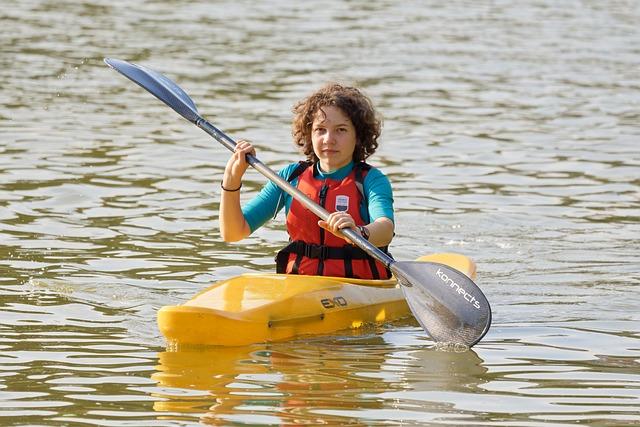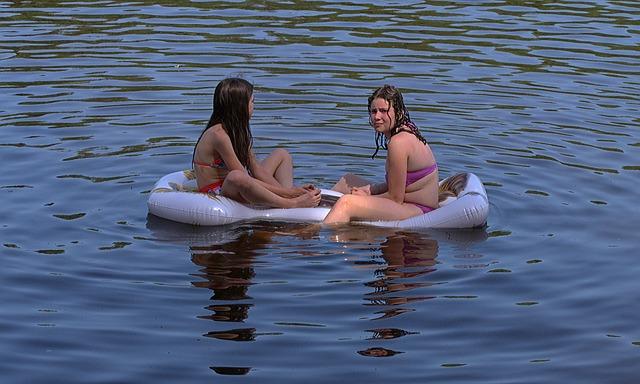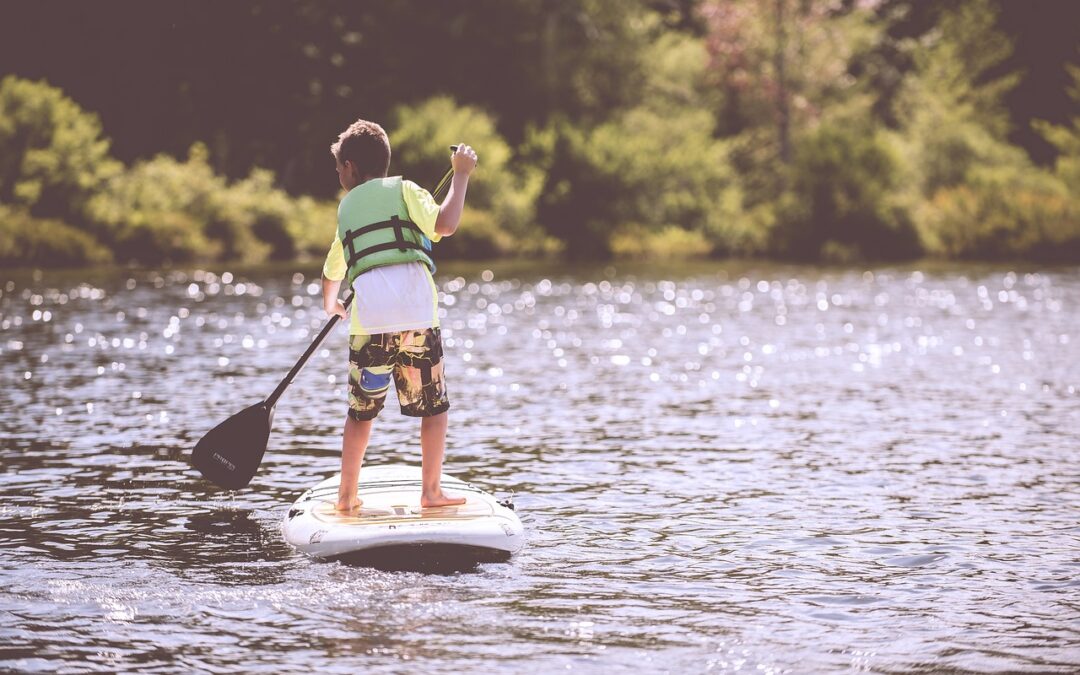Life Jackets
You are required to have a life jacket on your vessel for each passenger, including yourself. It is also important that you understand the difference between a “life jacket” and a “Personal Flotation Device.” A life jacket will turn someone face side up – even if they are not conscious. PFDs support someone’s buoyancy. Life jacket’s place support around the front collar of the jacket and at the back of the neck.
The best way to state this is that “All life jackets are PFDs, but not all PFDs are life jackets.”
The US Coast Guard rates PFDs in one of 5 types and each type is built for different types of water, sizes of people or different reasons. Each type will have pros and cons.
Type 1: These are full coverage jackets with 22 lbs of floatation mostly in the front chest area. The full coverage of the jacket provides warmth in the water. They will easily fit and float small children. They are designed for people who may have a delay until help arrives, may be alone in a boat or have stormy weather conditions or choppy waters. The bulk of the jacket makes it hard to swim with them on. The size and dimensions of the life jacket do make it easy to spot from distances on the water and in the air.
Type 2: These life jackets are significantly lighter and are designed for calmer waters in areas where the shore or help is nearby. Like Type 1 jackets they will turn someone face up in the water – even if unconscious. There are two versions of the life jacket. One has 11 lbs of foam sewn into the jacket. The other type providers better flotation and is lighter as is blown up with air. Both versions of the life jacket are much easier to swim in than the Type 1 jackets.
Type 3: Canoeing, kayaking, sailing, water skiing, fishing, and operating personal watercraft, the Type 3 jacket with 15.5 lbs of buoyancy is the recommended jacket. The jackets are designed to allow easy arm movement and provide short-term support but will NOT turn a person face up. These jackets are NOT considered life jackets but do qualify as a PFD.
Type 4: These are flotation devices that are not worn. Ring buoys and floating seat cushions can be thrown toward someone in the water, but they will have to hold on for themselves. They are considered PFDs but do not qualify as a life jacket.
Type 5: These are considered special life jackets designed for people engaged in rescue efforts of kayakers or other people who end up in the water. Training to use these jackets is recommended to make sure that you understand the quick-release tabs and how to attach them to rescue lines.

Pet Jackets: CFDs are specifically designed for dogs to support them in fast water or should they just decide to jump into open water. Make sure that you select a CFD that fits you size of dog and that is rated by the US Coast Guard.

Infants/Toddles and Kids under 11: The US Coast Guard has approved life jackets for children of each age. They are designated by weight and each jacket MUST turn a child face up in the water. IF you are returning to the lake for a new season, your children have grown! You will need to resize life jackets for children every season (and sometimes mid-season!)

Air-filled Toys are NOT Flotation Devices
There is no substitute for a life jacket, especially if you are a weak or non-swimmer. Inflatable toys like water wings are not dependable to keep children afloat and can deflate in seconds. Those water wings can also impair a child’s ability to swim and to reach for flotation devices that are tossed toward them in an emergency. Inflatable rafts or inner tubes can easily float into deep waters and might slip away from you or your child unexpectedly.

